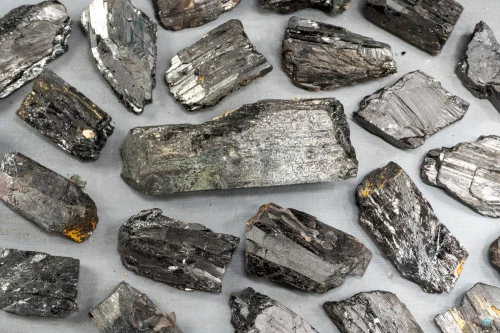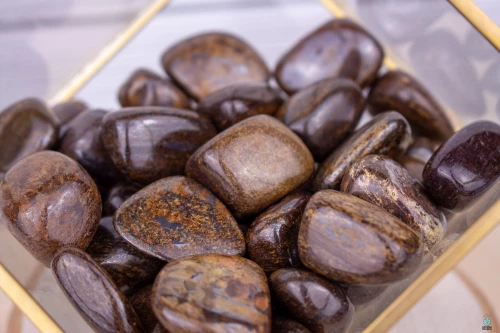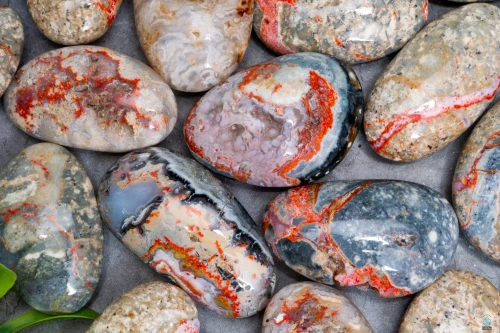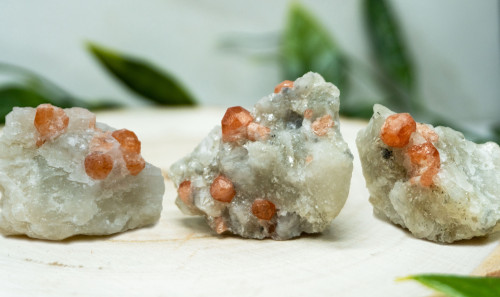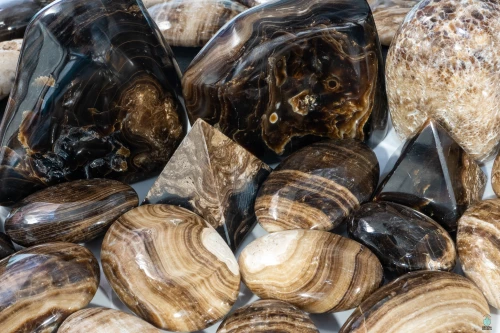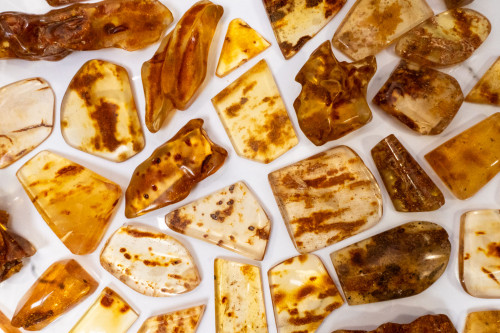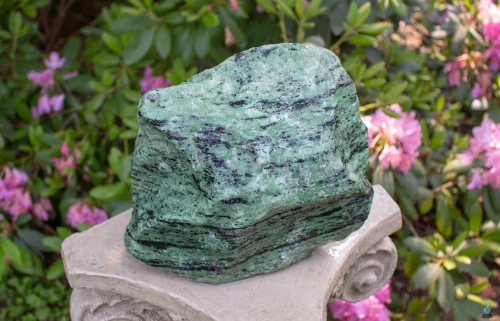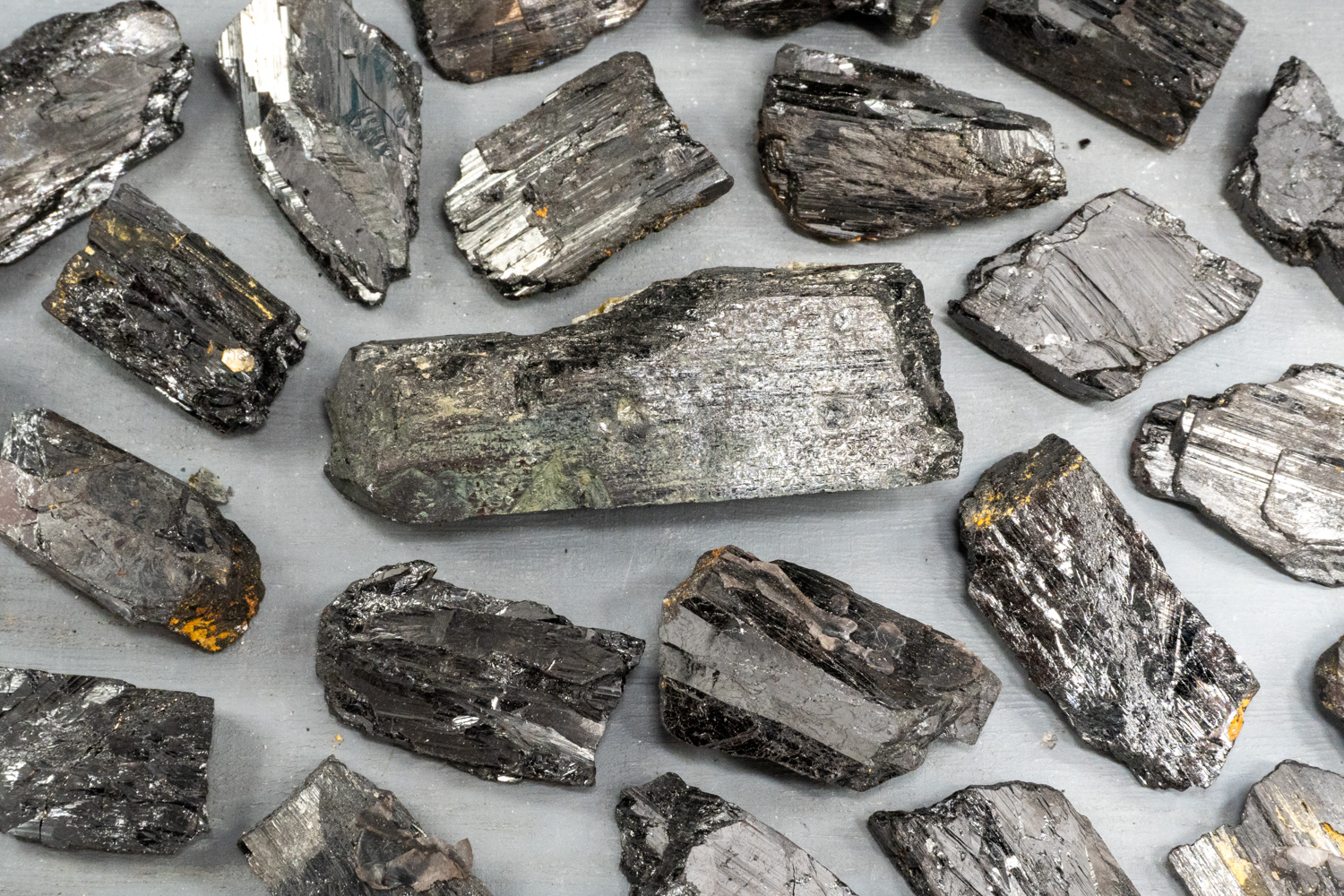
Wolframite
Science & Origin of Wolframite
Wolframite is an iron manganese tungsten mineral that crystallizes in striated, tabular, and prismatic crystals, as well as bladed clusters, granular, and masses. The name “wolframite” has also been used to describe a group of minerals with a similar chemical composition. The most common being Hubernite and Ferberite. This crystal can be found in Quartz, Pegmatite, and Granite veins with other minerals such as Cassiterite, Pyrite, Sphalerite, Galena, Arsenopyrite, and Scheelite. Wolframite is usually a darker color such as brown, black, or grey, but can also be dark red when more iron impurities are present. It was discovered in 1747 by Johan Gottschalk Wallerius and was named after the German term “wolf rahm”. The largest deposit of this mineral is within China, where it is believed to contain over 60% of the world's supply. A few other notable localities include Canada, Spain, Portugal, Australia, Rwanda, Bolivia, Congo, and the U.S.
Meaning & Energy
Wolframite, with its robust and heavy presence, is known to be a stone of tenacity and resilience, aligning closely with the root chakra to enhance one's sense of grounding and stability. This crystal supports our strength of will and determination, making it a powerful ally during challenging times. Wolframite deepens one's connection to the Earth, providing a strong foundation for physical and emotional endurance. During meditation Wolframite acts as a shield, warding off negativity and helping to maintain a clear, focused mind amidst adversity. Try carrying a piece with you during times of uncertainty or when entering uncomfortable environments that may draw energy from you, leaving you feeling dazed and unsettled. The iron within Wolframite acts as a stone of attraction and has similar energies to Hematite, Magnetite, and Martite. Be sure to manifest your desires while using this stone in your meditative and ritualistic practices!

